Seven Must-Learn Mountaineering Skills Before Attempting Your First Summit
Viewing the summit-shots of successful mountaineers, we could be forgiven for thinking there’s not much to the art of mountaineering other than healthy levels of strength, stamina, fitness, courage and, of course, a good beard. Above, however, we have chosen our words very carefully, for mountaineering is indeed an ‘art’ and as such an exacting discipline that requires proficiency in far more technical and nuanced skills than first meet the eye and than many assume. Before conquering your first summit, most of these are likely to come into play at some point and others likely to be absolutely prerequisite to a successful and safely-completed climb. Below we take you through eight of the most important of these skills and how they can help you on your way to summiting that all-important first peak.
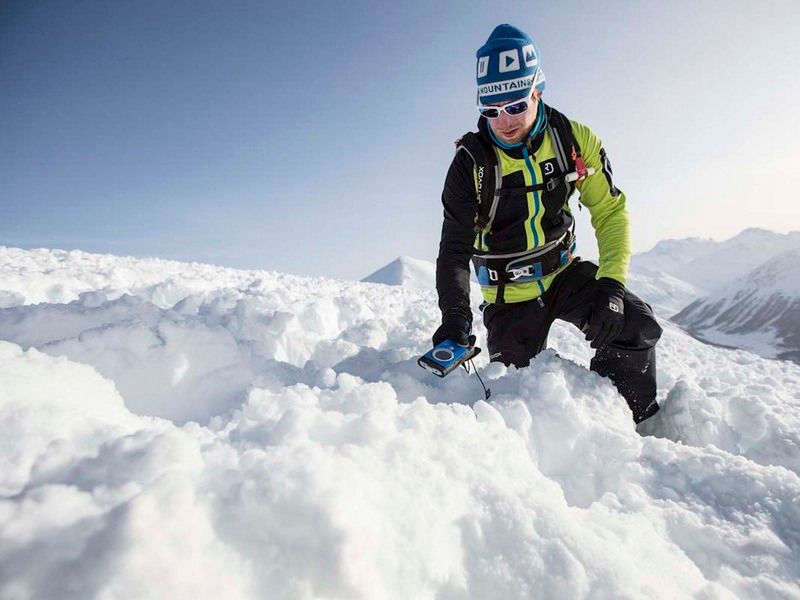
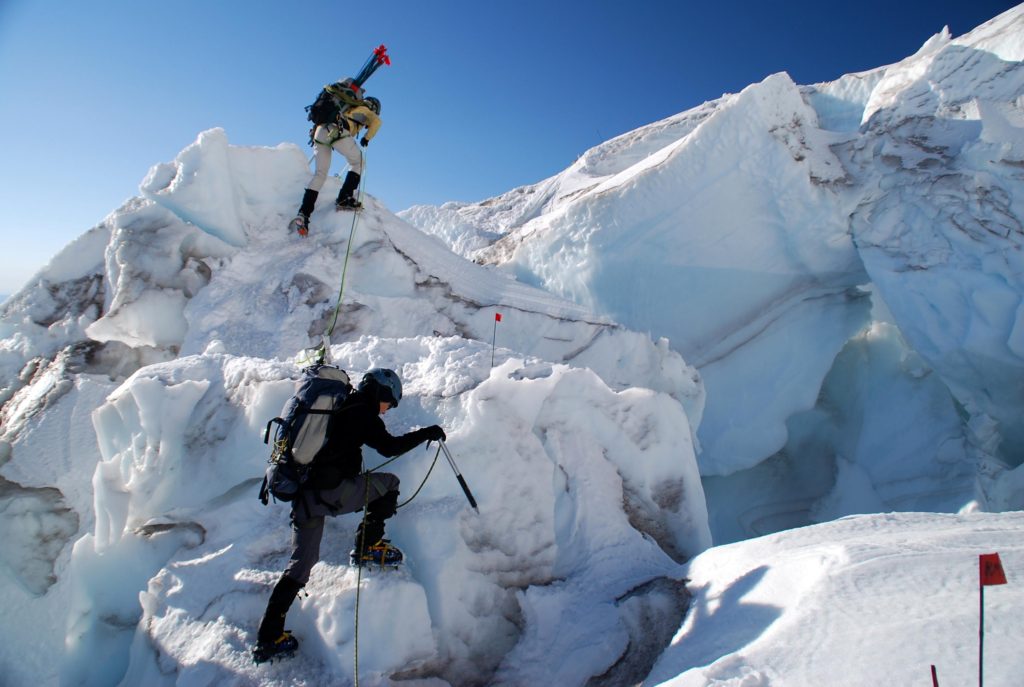

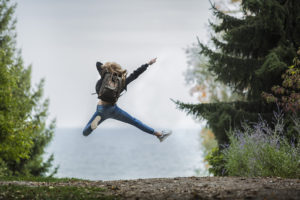
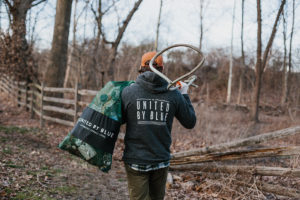

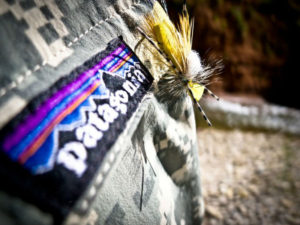
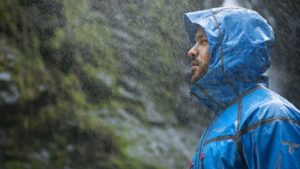

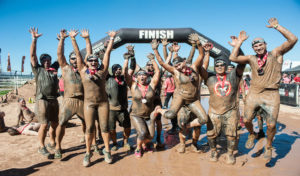
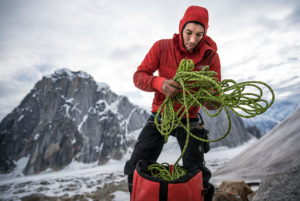
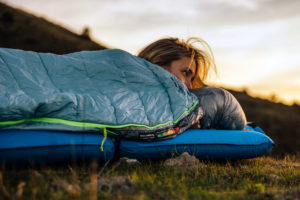
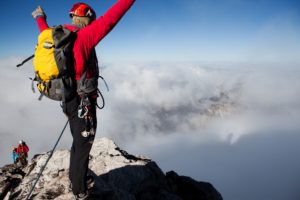
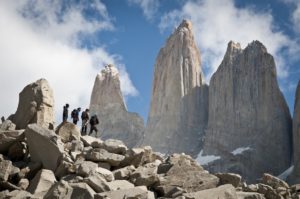




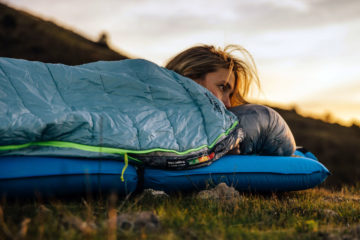
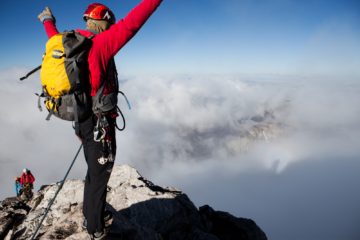
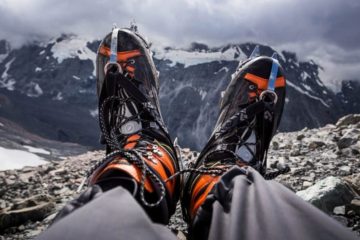
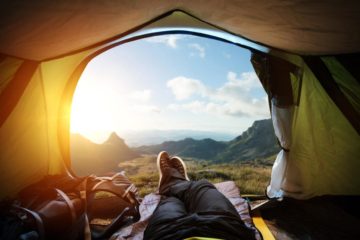
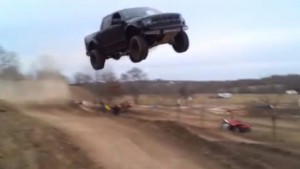


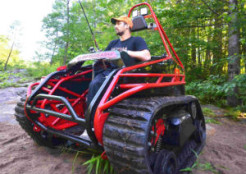
No Comment